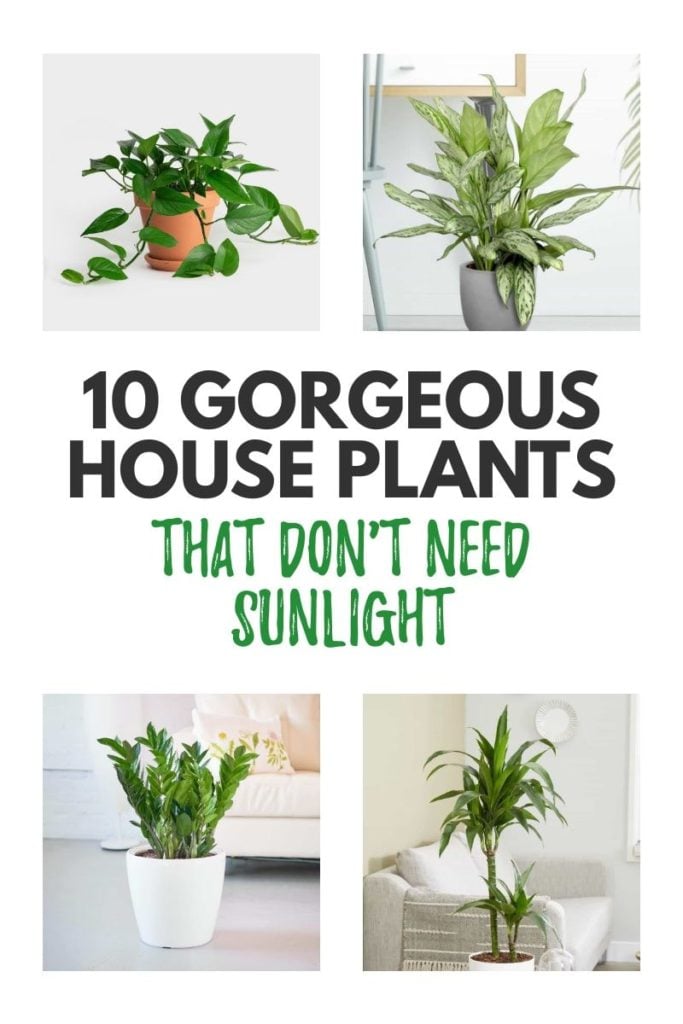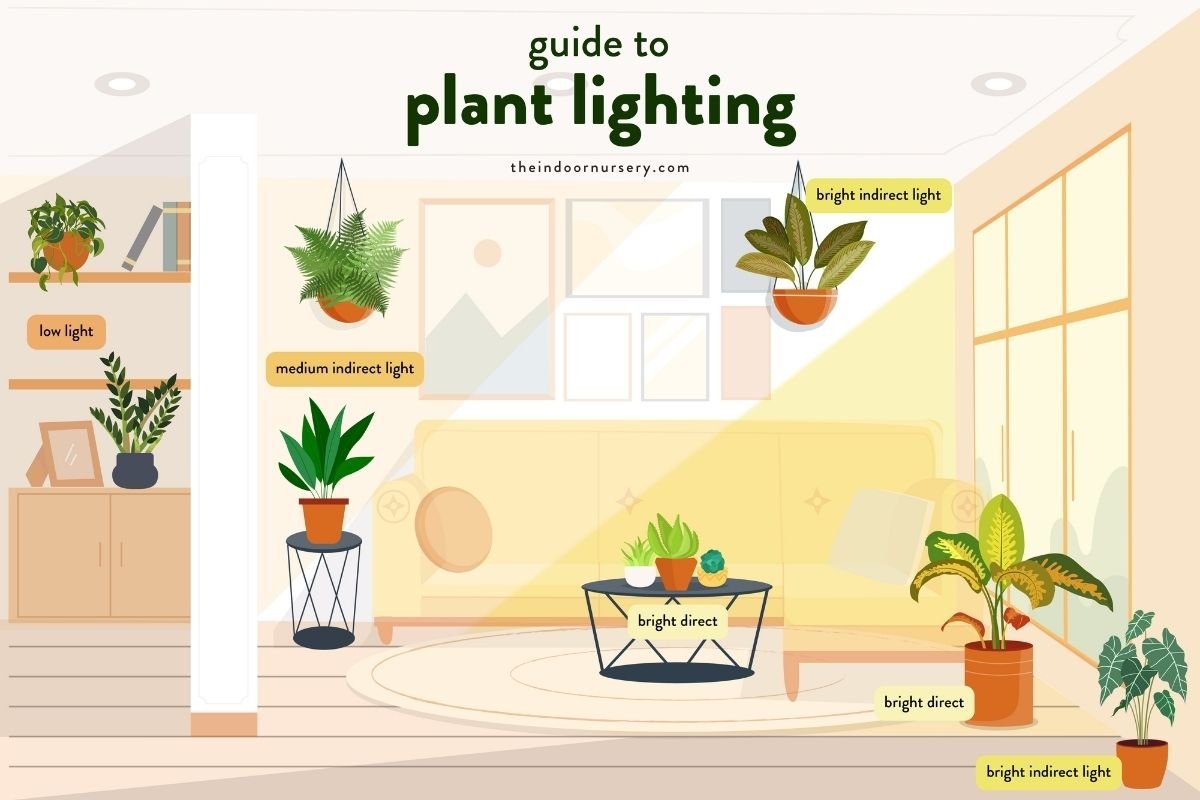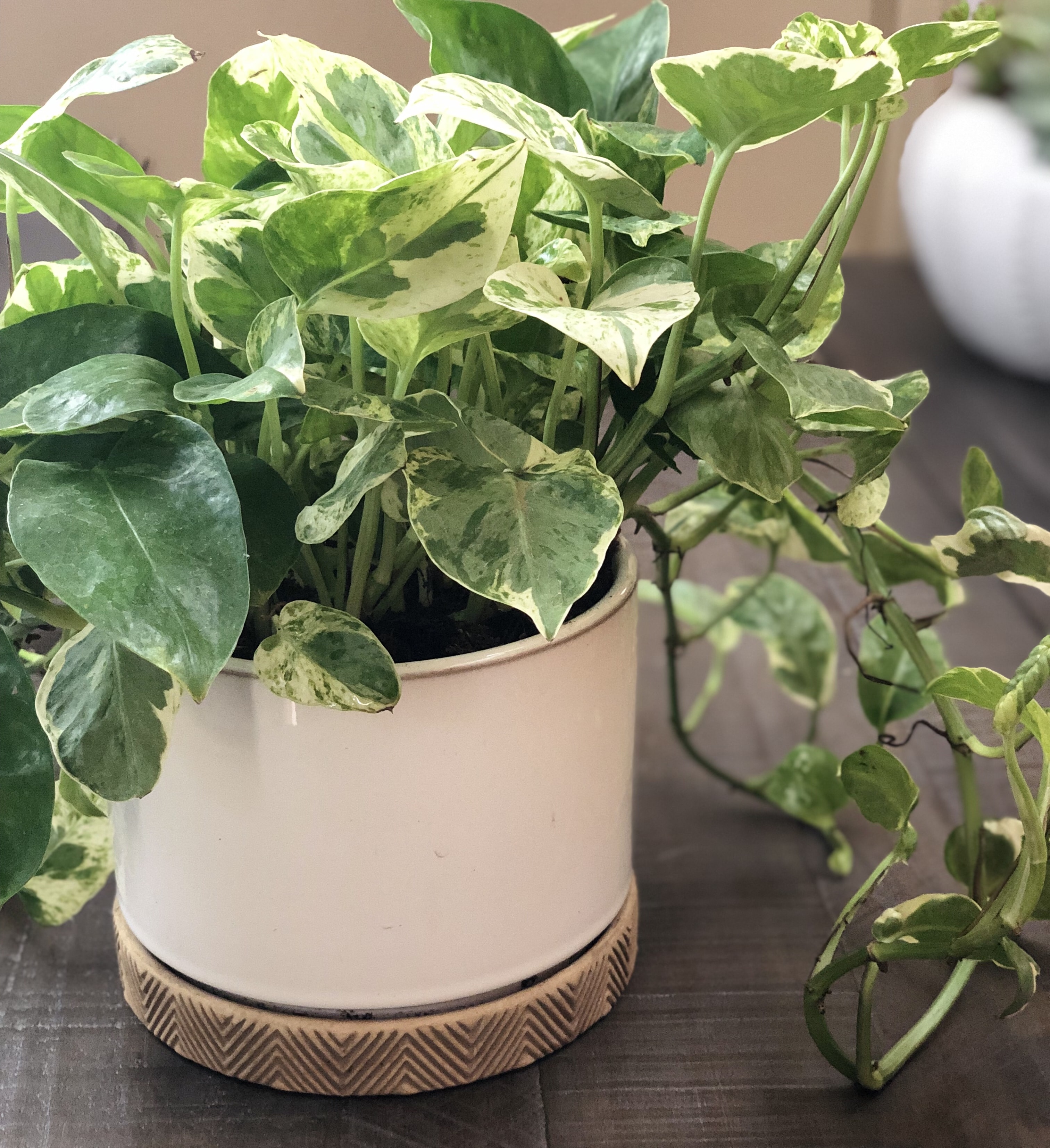Discover the Best Plants for Indoor Spaces with Limited Natural Light
Indoor spaces with limited natural light can be a challenge for plant enthusiasts. However, there are many indoor plants that don’t need sun to thrive, making it possible to bring some greenery into even the darkest of rooms. These plants are perfect for offices, basements, or any other space that receives minimal natural light. Not only do they purify the air and improve the aesthetic of a room, but they also have a positive impact on mental health and productivity. In this article, we will explore the best indoor plants that don’t require direct sunlight, providing you with a list of low-maintenance and stylish options to enhance your indoor space.
How to Choose the Perfect Low-Light Plant for Your Home or Office
When selecting a low-light plant for your indoor space, there are several factors to consider to ensure you choose the right one. Temperature is a crucial consideration, as some plants are more sensitive to extreme temperatures than others. For example, Chinese Evergreen prefers temperatures between 65-75°F (18-24°C), while Pothos can tolerate a wider range of temperatures. Humidity is another important factor, as some plants thrive in humid environments while others prefer dry conditions. Maintenance requirements should also be taken into account, as some plants require more frequent watering and pruning than others. By considering these factors, you can choose a low-light plant that will thrive in your specific space and provide the benefits you’re looking for.
Top Picks for Low-Light Indoor Plants: From Chinese Evergreen to Pothos
Here are some of the top low-light indoor plants that don’t need sun to thrive. These plants are perfect for indoor spaces with limited natural light and can add a touch of greenery to any room.
Chinese Evergreen (Aglaonema modestum) is a popular low-light plant that is known for its attractive leaves and ability to purify the air. It prefers well-draining soil and moderate watering, making it a low-maintenance option for busy people.
Pothos (Epipremnum aureum) is another low-light plant that is easy to care for and can thrive in a variety of lighting conditions. It has heart-shaped leaves with variegated patterns and can be trained to climb up walls or trellises.
ZZ Plant (Zamioculcas zamiifolia) is a low-maintenance plant that can survive in low-light conditions and infrequent watering. It has glossy leaves and can grow up to 3 feet tall, making it a great option for indoor spaces with limited natural light.
Other low-light plants that don’t need sun include Snake Plant (Sansevieria Trifasciata), Peace Lily (Spathiphyllum wallisii), and Dracaena (Dracaena spp.). These plants are all relatively easy to care for and can add a touch of greenery to any indoor space.
The Benefits of Having Low-Light Plants in Your Home or Office
Having low-light plants in your indoor space can have a significant impact on the air quality, aesthetic appeal, and overall ambiance of the room. One of the most significant benefits of low-light plants is their ability to purify the air. These plants are natural air purifiers, removing toxins and pollutants from the air and releasing oxygen. This can be especially beneficial in indoor spaces with limited ventilation, such as offices or basements.
In addition to air purification, low-light plants can also have a positive impact on mental health and stress reduction. Studies have shown that being around plants can reduce stress levels, improve mood, and even lower blood pressure. This makes low-light plants a great option for indoor spaces where people spend a lot of time, such as home offices or living rooms.
Low-light plants can also add a touch of aesthetic appeal to any room. They come in a variety of shapes, sizes, and colors, making it easy to find a plant that fits your personal style and decor. Whether you prefer a sleek and modern look or a more traditional and elegant aesthetic, there is a low-light plant that can fit the bill.
Furthermore, low-light plants are a great way to bring some life and vitality to indoor spaces that might otherwise feel dull and sterile. They can add a touch of warmth and personality to a room, making it feel more welcoming and inviting. This can be especially beneficial in spaces that are used for relaxation or entertainment, such as living rooms or game rooms.
Low-Maintenance Options: Plants that Can Survive with Minimal Care
One of the benefits of indoor plants that don’t need sun is that they are often low-maintenance and can thrive with minimal care. This makes them perfect for busy people or those who don’t have a lot of time to tend to their plants. Here are some low-maintenance options for low-light plants that can survive with infrequent watering and minimal pruning:
ZZ Plant (Zamioculcas zamiifolia) is a low-maintenance plant that can survive with infrequent watering and minimal pruning. It has glossy leaves and can grow up to 3 feet tall, making it a great option for indoor spaces with limited natural light.
Pothos (Epipremnum aureum) is another low-maintenance plant that can thrive in low-light conditions. It has heart-shaped leaves with variegated patterns and can be trained to climb up walls or trellises.
Snake Plant (Sansevieria Trifasciata) is a low-maintenance plant that can survive with infrequent watering and minimal pruning. It has sword-shaped leaves and can grow up to 4 feet tall, making it a great option for indoor spaces with limited natural light.
These plants are perfect for indoor spaces where maintenance is a concern. They can thrive with minimal care and can add a touch of greenery to any room.
Real-Life Examples: How to Incorporate Low-Light Plants into Your Decor
Incorporating low-light plants into your home or office decor can be a great way to add some greenery to your space. Here are some real-life examples of how to incorporate low-light plants into your decor:
One way to incorporate low-light plants into your decor is to use them as a centerpiece for your coffee table or dining table. Choose a low-light plant with a unique shape or color, such as a Chinese Evergreen or a Pothos, and place it in a decorative planter or vase.
Another way to incorporate low-light plants into your decor is to use them as a wall hanging. Choose a low-light plant with a trailing habit, such as a Pothos or a Snake Plant, and train it to climb up a wall or trellis.
You can also use low-light plants to add some greenery to your shelves or bookcases. Choose a low-light plant with a compact shape, such as a ZZ Plant or a Peperomia, and place it on a shelf or bookcase.
Finally, you can use low-light plants to create a beautiful arrangement or display. Choose a variety of low-light plants with different shapes and colors, and arrange them in a decorative planter or vase.
By incorporating low-light plants into your decor, you can add some greenery to your space and create a beautiful and unique display.
Common Mistakes to Avoid When Caring for Low-Light Plants
While low-light plants are generally easy to care for, there are some common mistakes to avoid in order to ensure they thrive. One of the most common mistakes is overwatering, which can lead to root rot and other problems. It’s essential to check the soil moisture regularly and only water when necessary.
Underwatering is another common mistake that can be detrimental to low-light plants. While they don’t require as much water as plants that need direct sunlight, they still need some water to survive. Make sure to water them regularly, but avoid getting the leaves wet to prevent fungal diseases.
Inadequate fertilization is also a common mistake that can affect the health of low-light plants. While they don’t require as much fertilizer as plants that need direct sunlight, they still need some nutrients to thrive. Use a balanced fertilizer that is specifically designed for indoor plants, and follow the instructions on the label.
Another mistake to avoid is placing low-light plants in areas with drafts or extreme temperatures. These plants prefer temperatures between 65-75°F (18-24°C) and should be kept away from drafts and air conditioning vents.
Finally, it’s essential to prune low-light plants regularly to maintain their shape and promote healthy growth. Use clean and sharp pruning tools to avoid spreading diseases, and prune only what is necessary to maintain the plant’s shape.
Conclusion: Bringing Life to Your Indoor Space with Low-Light Plants
In conclusion, indoor plants that don’t need sun are a great way to bring life and beauty to your indoor space, even with limited natural light. By choosing the right low-light plant for your space and following the tips and advice outlined in this article, you can enjoy the many benefits of indoor plants, including air purification, stress reduction, and aesthetic appeal.
Whether you’re looking to add some greenery to your home or office, or simply want to improve the air quality and ambiance of your space, low-light plants are a great option. With their low-maintenance requirements and ability to thrive in low-light conditions, they’re perfect for busy people or those who don’t have a lot of time to tend to their plants.
So why not give low-light plants a try? With the many options available, you’re sure to find the perfect plant to suit your space and style. Whether you choose a Chinese Evergreen, Pothos, or ZZ Plant, you’ll be enjoying the benefits of indoor plants in no time.




:max_bytes(150000):strip_icc()/zz-zanzibar-gem-plant-profile-4796783-02-e80e5506091f4dcfb226c5a21718deb6-c5b440fc114b48cdb3aa7829a7bfdeff.jpg)


